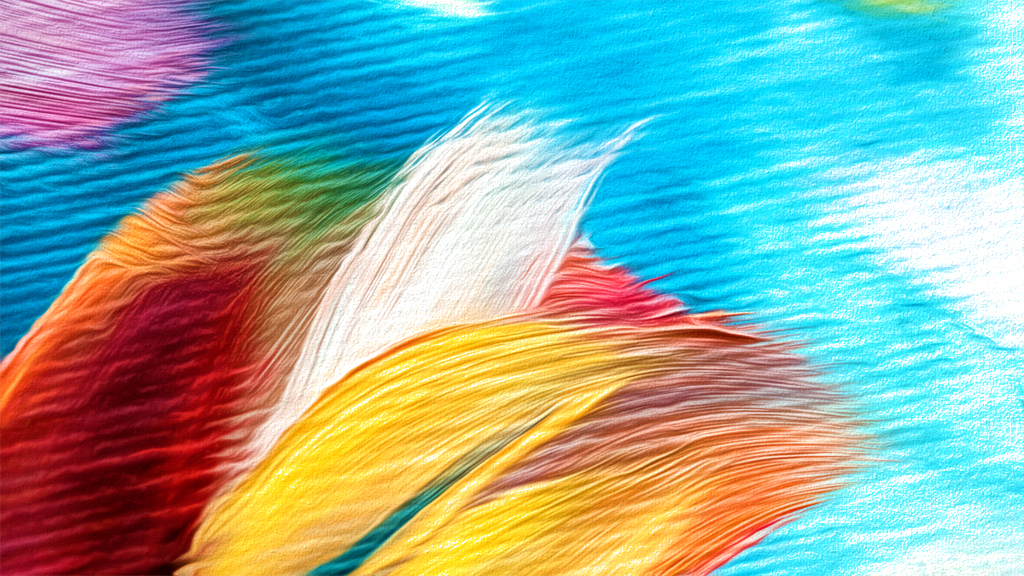There’s a lot of misunderstanding out there about megapixels. It’s one of those things that doesn’t always get the attention it deserves. Or, maybe it does get attention, but the focus is in the wrong place. For many photographers, more megapixels equates to better, and that’s as far as it goes when it comes to thinking about it. Some, especially new photographers, may not even quite understand what megapixels are and thus, how they affect our photographs.
So let’s start with the basics. Megapixels refer to the size of an image, with one megapixel equaling one million pixels. If you have a 12-megapixel camera, then a full-scale uncropped image produced by that camera contains 12 million pixels.
This is where some of the misunderstandings about megapixels come in. Many photographers want to have cameras that have as many megapixels as possible. This means that they’re desperate to buy a camera with 40, or at the extreme high end, 50 megapixels.
Often, however, that many megapixels just isn’t necessary. When looking at your options, the primary factor to consider is the size of the photographs you will be taking. If you’re creating primarily 8x10s, for example, then a 30-megapixel camera will be more than sufficient. The human eye is not going to make out those 30 million pixels in an image that size.
On the other hand, if you plan to regularly create enormous images—poster sizes and larger — well, then those 30 million megapixels will be larger, too. In these instances, more megapixels might very well be worthwhile just to keep the photograph tack sharp at those larger sizes.
The other area in which megapixels becomes important is if you tend to crop images a lot. This could be because you prefer a different aspect ratio to the one that your camera does, or it could be for a variety of other reasons. Perhaps you routinely zoom out on images to give yourself extra space around the subject knowing that you can crop in post-processing with ease.
But it’s important to keep in mind that when you do crop an image, you’re cropping off megapixels. So, for instance, let’s say that you have a 30-megapixel image, and you crop one-third of that image off, whether from one side of the image or from around the edges. The remainder — twenty million pixels — is now a 20-megapixel image. Now, at 8×10 or 16×20, the image might not be quite as clear is it would have been before you’d cropped it.
For most of us, though, we’re not creating huge print sizes or regularly chopping off large chunks of our images. And that means that something in the 20 to 30-megapixel range is likely perfect for our needs. It’s not worth the investment to buy seriously expensive cameras with seriously high megapixels. But if you do find yourself needing the extra megapixels to create enormous prints or because you routinely do lots of cropping, then the investment might be worthwhile.





